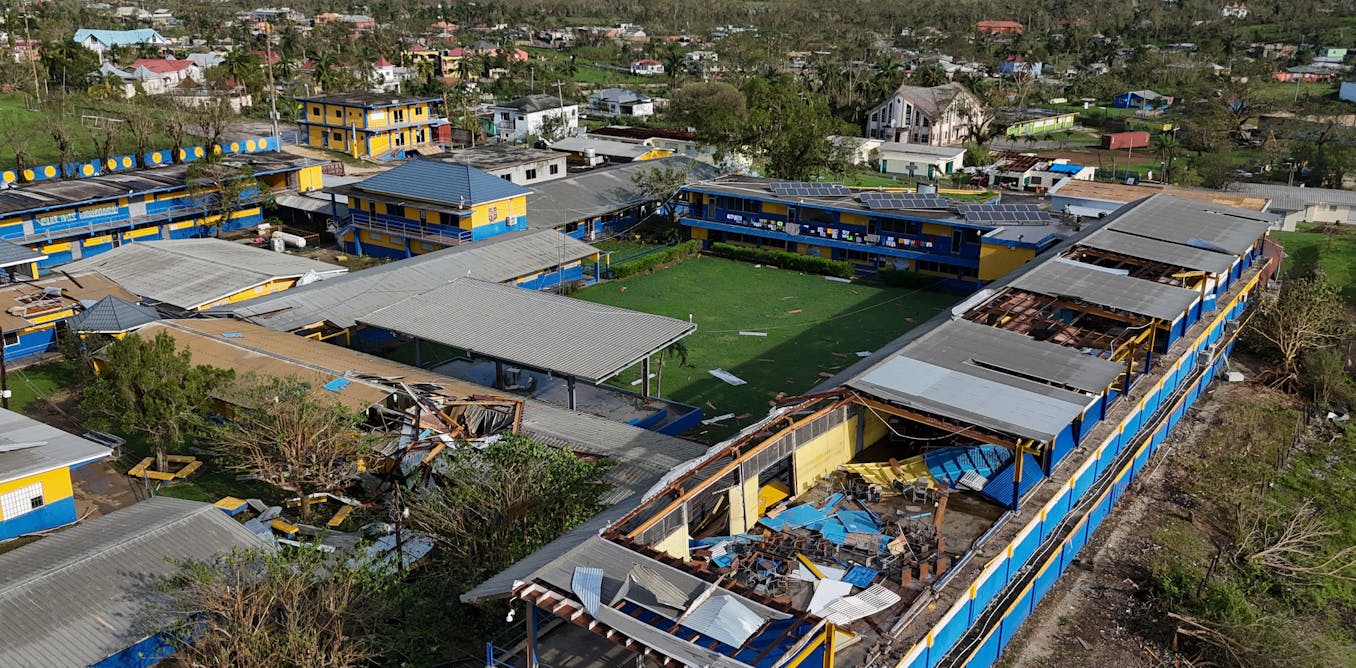Along the country road that leads to ATL4, a giant data center going up east of Atlanta, dozens of parked cars and pickups lean tenuously on the narrow dirt shoulders. The many out-of-state plates are typical of the phalanx of tradespeople who muster for these massive construction jobs. With tech giants, utilities, and governments budgeting upwards of US $1 trillion for capital expansion to join the global battle for AI dominance, data centers are the bunkers, factories, and skunkworks—and concrete and electricity are the fuel and ammunition.
To the casual observer, the data industry can seem incorporeal, its products conjured out of weightless bits. But as I stand beside the busy construction site for
DataBank’s ATL4, what impresses me most is the gargantuan amount of material—mostly concrete—that gives shape to the goliath that will house, secure, power, and cool the hardware of AI. Big data is big concrete. And that poses a big problem.
Concrete is not just a major ingredient in data centers and the power plants being built to energize them. As the world’s most widely manufactured material, concrete—and especially the cement within it—is also a major contributor to climate change, accounting for around
6 percent of global greenhouse gas emissions. Data centers use so much concrete that the construction boom is wrecking tech giants’ commitments to eliminate their carbon emissions. Even though Google, Meta, and Microsoft have touted goals to be carbon neutral or negative by 2030, and Amazon by 2040, the industry is now moving in the wrong direction.
Last year, Microsoft’s carbon emissions jumped by
over 30 percent, primarily due to the materials in its new data centers. Google’s greenhouse emissions are up by nearly 50 percent over the past five years. As data centers proliferate worldwide, Morgan Stanley projects that data centers will release about 2.5 billion tonnes of CO2each year by 2030—or about 40 percent of what the United States currently emits from all sources.
But even as innovations in AI and the big-data construction boom are boosting emissions for the tech industry’s hyperscalers, the reinvention of concrete could also play a big part in solving the problem. Over the last decade, there’s been a wave of innovation, some of it profit-driven, some of it from academic labs, aimed at fixing concrete’s carbon problem. Pilot plants are being fielded to capture CO2 from cement plants and sock it safely away. Other projects are cooking up climate-friendlier recipes for cements. And AI and other computational tools are illuminating ways to drastically cut carbon by using less cement in concrete and less concrete in data centers, power plants, and other structures.
Demand for green concrete is clearly growing. Amazon, Google, Meta, and Microsoft recently joined an initiative led by the
Open Compute Project Foundation to accelerate testing and deployment of low-carbon concrete in data centers,…
Read full article: Green Concrete Could Solve Big Tech’s Emissions Problem

The post “Green Concrete Could Solve Big Tech’s Emissions Problem” by Ted C. Fishman was published on 10/30/2024 by spectrum.ieee.org


































Leave a Reply